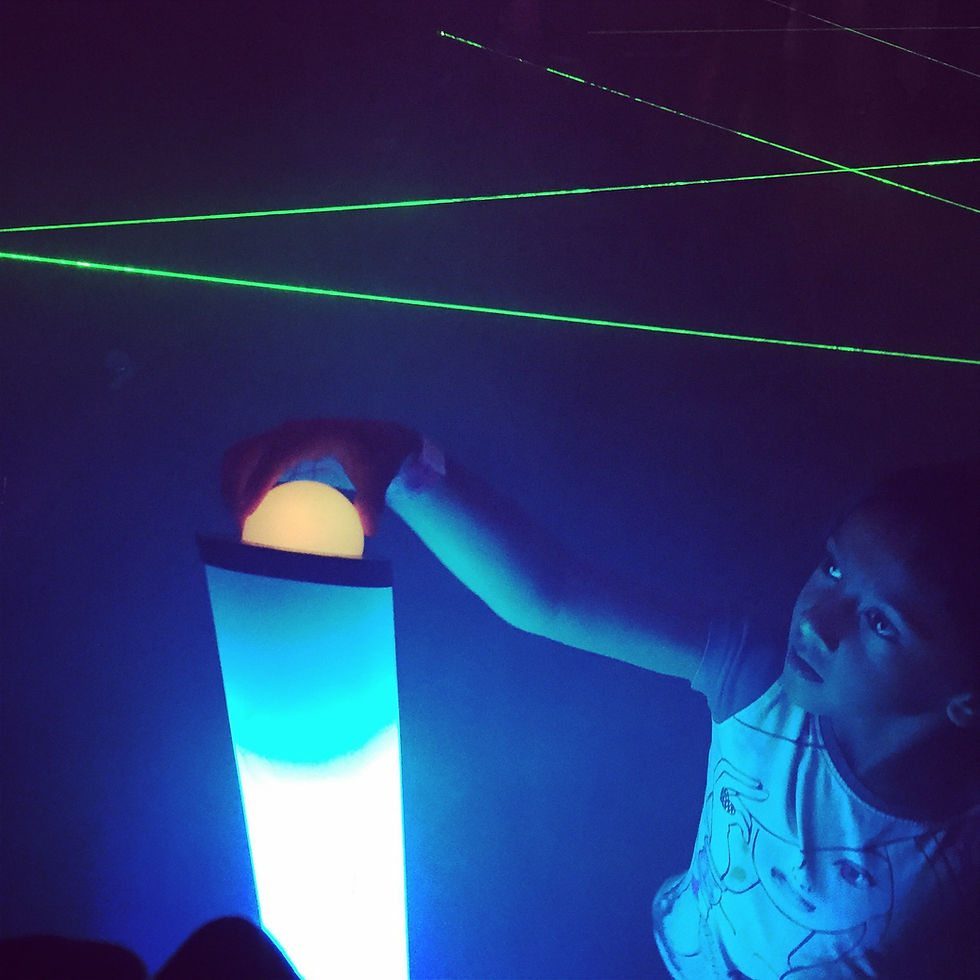Learn to Solder Kits
- acolborn
- Jun 12, 2021
- 3 min read
Updated: May 26, 2023
In 2015, my partner Emma and I were volunteering at an engineering outreach event for the Society of Women Engineers hoping to get local high school girls interested in engineering. Being very hands-on people, we decided to make one of our breakout sessions a soldering workshop.
The kits we had purchased for the event used pretty low-quality PCBs. If you gave them a bit too much heat and abuse (exactly what you can expect from people learning for the first time), the traces were likely to lift up and break. This led to a lot of frustration. By the end, only half of the projects were functioning and we hadn't succeeded in sharing the joy we had found in engineering.

So we set out to fix these problems for next time and designed our own kit using quality, high temp boards and making the kits simple enough to fit into a 30-minute to one-hour lesson plan.
We wanted to share them with the world so we made all our kits 100% open-source hardware. This means all of the fabrication files, drawings, BOMs, 3D Models, and instructions are available online for anyone to build themselves.

All of our documentation is hosted in Onshape under the links below:

Since 2015 we have taught many hundreds of makers to solder from as young as 4 to as old as 85, leading classes at our local makerspace, community colleges, Maker Faires, and elsewhere. We quickly began manufacturing in earnest and found an audience on Amazon and our own Shopify store: learntosolderkits.com.
Over the past few years, we've grown the business to around 20,000 kits per year, sometimes shipping hundreds at a time to universities like Carnegie Mellon. And have hired two employees, Kim and Jimena who, on their own schedules, work together packing and shipping the kits.
We have gradually made incremental improvements to all aspects of the product. For assembly, we've created a few simple fixtures and jigs to add speed and consistency. With packaging, we've gone from printing stickers ourselves with '90s-era clipart to much more professional packaging with barcodes and choking hazard warnings, and other grownup things. And most of all, we've introduced new kits!


My personal favorite kit is the Jitterbug. The first prototype was assembled by Emma out of perfboard and garbage we had lying around the office. It has two LEDs for eyes, a battery and a vibration motor. At the flick of a switch, it lights up with life and skitters off on an adventure.
Emma doesn't love it when I describe her original prototype as a "monstrosity" but it did need a little polishing before we could sell it. I googled some pictures of insects and let the components drive the shape and size of the board until we had the little guy below - somewhere between an ant and a European honeybee.

We currently have 3 kits: Blink - Our 1st Kit - 3 LEDs with resistors and momentary switches Hue - A central RGB LED with three potentiometer knobs that allow you to mix colors
Jitterbug - Solder on legs, eyes, and a vibration motor that skitters across a table
And we're working on adding a few more. Notably, we'll soon be rolling out a deluxe version of each of our kits including all the tools needed to get you started. We are in the process of working out sustainable packaging:

Also along with the tools, we found that having a silicone baking sheet at each station was extremely helpful for keeping the tables from getting destroyed when we've taught at events with rambunctious middle and high schoolers.
I decided to include one in our kit and found we could get them high-res custom printed. So I threw together a design of what I figured would be the most helpful/pretty info for a budding engineer. As with everything the design is open source!

We also have a number of kits we've been experimenting with which are in various levels of development or testing:
Badge - A simpler, lower-cost kit for large events
Lantern - An update to our previous Firefly Jar kit that had a flickering LED in a jar to simulate a captured firefly - by replacing the jar which was risky and cumbersome to ship with a paper lantern, we will save money and provide a canvas for self-expression Piano - More complex kit with a soldered-together 3D piano made from printed circuit board which should be a fun way to teach the mixed mechanical and electrical world of audio engineering
Paper Circuits - No soldering involved! Just die-cut cards to be colored, decorated, adorned with big 10mm LEDs, and lit up using conductive tape and a battery




Comments